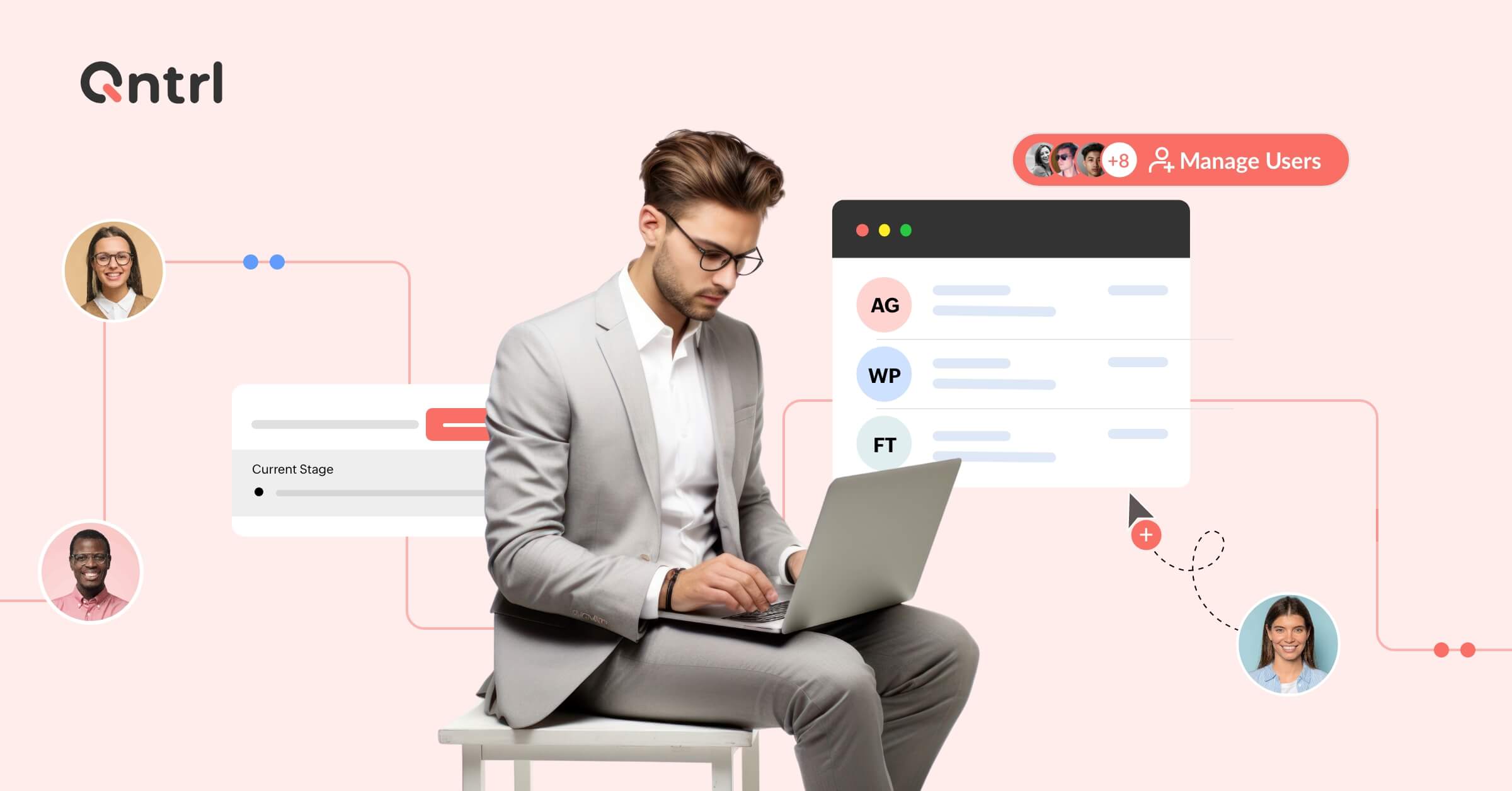Starting at a new company is never easy. But there’s a process that can help a lot: the onboarding process. This process — which usually starts with HR, the team responsible for bringing new talent to the team—is very comprehensive and can include the whole organization.
We’ll show you in detail here what the employee onboarding processis and why it’s so important. And, of course, we'll help you assemble an onboarding process that will help you ensure the retention of new employees.
What is employee onboarding?
As the name implies, onboarding is an initiative to integrate new people into the team. To do this successfully, it's important to consider that onboarding includes essential steps:
- Welcoming: The first part of onboarding someone is welcoming them.
- Company presentation: Everything is new to the person, so it's key to give them the company's trajectory, talk a little about the team's organization, who's who, and, if the work is on-site, present the facilities.
- General instructions: Showing the routine is also required - working hours, company benefits, general objectives, and policies that everyone needs to know. More specifically, within the team, it's also worth presenting the communication channels and day-to-day processes.
- Team: Going one step deeper in the company's presentation, we start talking about specific points for the person - the team they'll work with, as well as the routines and objectives of that team.
- Tasks: To close out onboarding, presenting the person's specific tasks and showing how to accomplish each one of them is the way to go.
- Individual integrations: It can be a differentiator to set aside time in the onboarding period for the person to have individual conversations with colleagues who'll be part of their day-to-day.
Why have an onboarding process for new people?
People who work with recruitment and selection know that losing talent is complicated and expensive. It isn't a simple task to attract the ideal people for each position at a company and, once the person is there, it's the company's goal to keep them.
A well-done onboarding process helps the new hire feel that they belong, and that feeling of belonging prevents turnover, supporting talent retention. This happens because the person can see themselves as part of the team if they're well integrated, and this promotes organizational well-being.
Another factor that integration brings is the clear presentation of the company's culture, which allows the person to settle in and adapt more quickly, assimilating into their "new home" more easily.
In this way, a well-planned and well-conducted onboarding process prepares and begins to develop the people who join the team—something that will be essential to maintainingproductivity, even at the beginning of a new learning curve.
If one feels they belong and understands the company and its structure well, internal communication shows its power and a good image of the company is reinforced.
How to set up your onboarding process and improve integration
To set up a successful integration process and onboard new people, the team preparing it needs to be clear on the company's purpose, its mission, vision, and values, so that they outline something in line with what the organization expects.
Equally crucial is setting suitable goals for your onboarding process - you need to know what you want to achieve with the process to do this really well.
Knowing this, the team can now list the items that need to be covered and who will deal with each one of them:
- Start by preparing a welcome policy and make it part of the company culture.
- Aligned with the company's purpose, separate the integration paths you want: presentation of the culture, processes, teams, and structure are some examples that we've already discussed above.
- Invite people from the team to present the different tracks and, with their schedules and availability, prepare the integration process calendar.
- Book space and time on the calendar for questions from newcomers, this helps them feel at ease.
It's important to keep investing in training, which will enrich the development of everyone in the company.
Also, to help you keepan organized onboarding process, you can invest in digital tools, such as Qntrl BPM platform. Qntrl gives you visibility, mapped processes, and organized steps for standardizing future integrations, making your work much easier.








